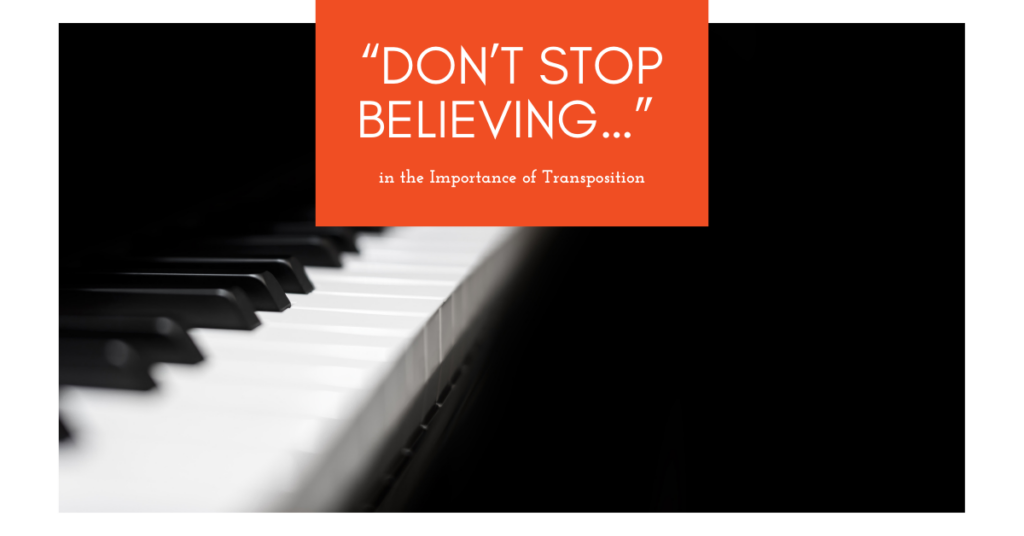Rock keyboard soloing is an important part of a keyboardist’s development. Soloing in any context requires that the player is familiar with chords, scales, and keys. Rock is no exception. So in order to go deeper with this you need to learn a couple helpful scales that the pros know (and use masterfully). In this article we’ll look at some ideas that can help get you started improvising and discuss some pointers to help you fine tune your sound.
Rock Keyboard Soloing – The Pentatonic Scale
This is one of the most powerful scales in rock music. It’s a favorite among rock keyboard and guitar solos. The word “pentatonic” means “five tones.” And lo and behold, this is a 5-note scale. In major mode it’s built using the 1st, 2nd, 3rd, 5th, and 6th scale degrees. In minor mode it’s built using the 1st, 3rd, 4tg, 5th, and 7th scale degrees. As you can see below, the major and relative minor pentatonic scale consist of the exact same notes, so there are only 12 pentatonic scales in total.

Why is this scale so powerful and widely used? Because with these five notes, you can create some awesome patterns and licks. And if you’re playing over chords within the same key (known as diatonic chords), you can use this one scale over all of the chords.
To get you started, here’s a great pentatonic pattern that you should practice in a number of different keys.

Here’s just a little example of how to use this pentatonic pattern over a simple rock groove using a synth lead sound. When soloing using a synth lead sound you’ll generally want to comp (i.e., play chords) using a different sound. In the audio clip below the chords are being played on an electric keyboard sound. (The chords are all diatonic – C major, A minor, E minor, F major, 2 bars apiece):

Rock Keyboard Soloing – The Blues-Rock Solo
The blues scale is another hugely powerful scale in rock music. It’s built by adding one additional note to the pentatonic scale. In the example below we’ve written a C blues scale. The scale includes the same notes as the C minor pentatonic scale, with the addition of the raised 4th (F#).

Here’s a great bluesy-rock piano lick that all rock keyboard players play (or have played at some point along the way). It’s an easy one, but an essential lick that you need to have.

To hear this lick used masterfully, check out Chuck Leavell’s classic piano solo on The Allman Brothers’ “Jessica.“
One last rock solo pointer: be careful to note the difference between the use of your left hand in jazz as compared to rock. In the jazz world, keyboard players use rootless voicings and extended harmonies in their comping. In rock music, the role of the left hand is different. Sometimes the left hand simply plays the roots of chords (or root and 5th). Other times the left hand plays chords, but often they are simpler, triadic based harmonies that are much less dense than the type of chords used in jazz. Again, check out the left hands chords used in the “Jessica” solo.

